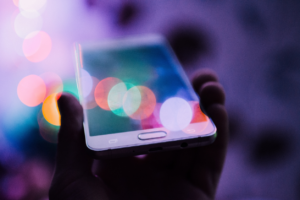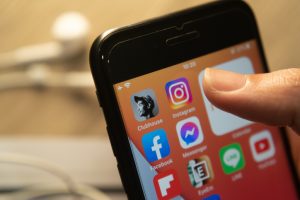How to protect your brand amid Twitter’s verification nightmare
5 steps to keep your organization safe.

Of all the recent Twitter changes, problems and chaos, perhaps the worst for brands arrived Wednesday. Blue checks, once a sign that an account was the real deal, were rolled out to anyone willing to pay $8. Predictably to anyone who has ever been on the internet, plenty of people found this a small price to pay to sow some chaos.
Within hours, fake but credible-looking accounts were impersonating journalists dropping scoops, athletes retiring and brand mascots making lewd gestures. By the time these are removed, usually hours later, they may have racked up tens of thousands of retweets.
[FREE GUIDE: The Ultimate Corporate Communications Internal Email Broadcast Best Practices]
Elon Musk seems spectacularly unconcerned with this issue, responding with laughing emojis and implying it’s fine if brands are impersonated, because Twitter gets to keep the $8 impostors paid.
You might not find it so reassuring that someone can smear your brand for the cost of a fast-food meal.
Here are some steps to take now to keep your organization (or individual verified stakeholders) as safe as possible amid this complex and rapidly changing environment.
Social listening is crucial
On any given day, social listening is key to keeping ahead of crises and opportunities. Today, it’s vital. Make sure you’re not only monitoring your brand name, but also variations on it, key mascots or individuals, and other terms that could be ripe for fakery. Be ready to respond with reports to take the accounts down and statements to mitigate damage. Be ready to jump into the comments section — but be aware that there are likely to be jokes and doubt that you’re the real deal, either.
Trust no one
If you used to use the “verified mentions” tab to cut through the clutter, be aware that now anyone with an $8 check will also show up there. It’s very, very easy to appear legitimate, using old internet tricks like using a lower-case “L” in place of a capital “I.” Unless you know and can verify the person’s @ handle, don’t believe they are who they appear to be. Be very careful if you’re negotiating with an influencer via DM, for instance.
Link your real accounts from your website
One way to give users reassurance they’re in the right place is by providing them clear pathways to your actual accounts as it becomes harder to determine who’s friend and who’s foe on Twitter. Do this by ensuring you have your Twitter account linked from your site — even better if it’s in your header or footer for easy access. This won’t stop people from impersonating you, but it can help provide a layer of reassurance you are who you say you are, since Twitter is no longer interested in helping with that.
Reconsider using Twitter to distribute news
Twitter used to be a fantastic way to get information out in a way journalists and your constituents knew they could trust if you had that little blue check. From presidents to Fortune 100s to the biggest celebrities, tweets were considered official statements.
But with retweets from bogus sources flying around fast and furious, you may want to put a pause on sharing important information in this way until things settle down. Instead, link to statements on your organization’s website. It’s an additional layer of friction, yes, but also of verification and authenticity.
You can’t fully turn your attention away from Twitter
It’s tempting to withdraw entirely. And certainly, shutting down advertising is a move many major organizations have found prudent in the last weeks. But from a PR and organic social perspective, Twitter has never been more dangerous. It needs proactive attention to flag issues early and address them before they become crises.
It’s possible Elon Musk has a change of heart and realizes that verification badges were more than just an elite status symbol, but a tool that kept the website sane and reassured brands. In the meantime, protect yourself.
Good luck out there.
Allison Carter is executive editor of PR Daily. Follow her on Twitter or LinkedIn.
COMMENT
PR Daily News Feed
RECOMMENDED READING
Tags: social media, Twitter, Twitter verification, verification badge







